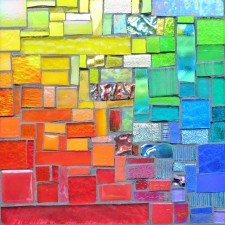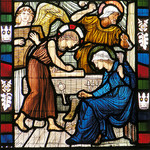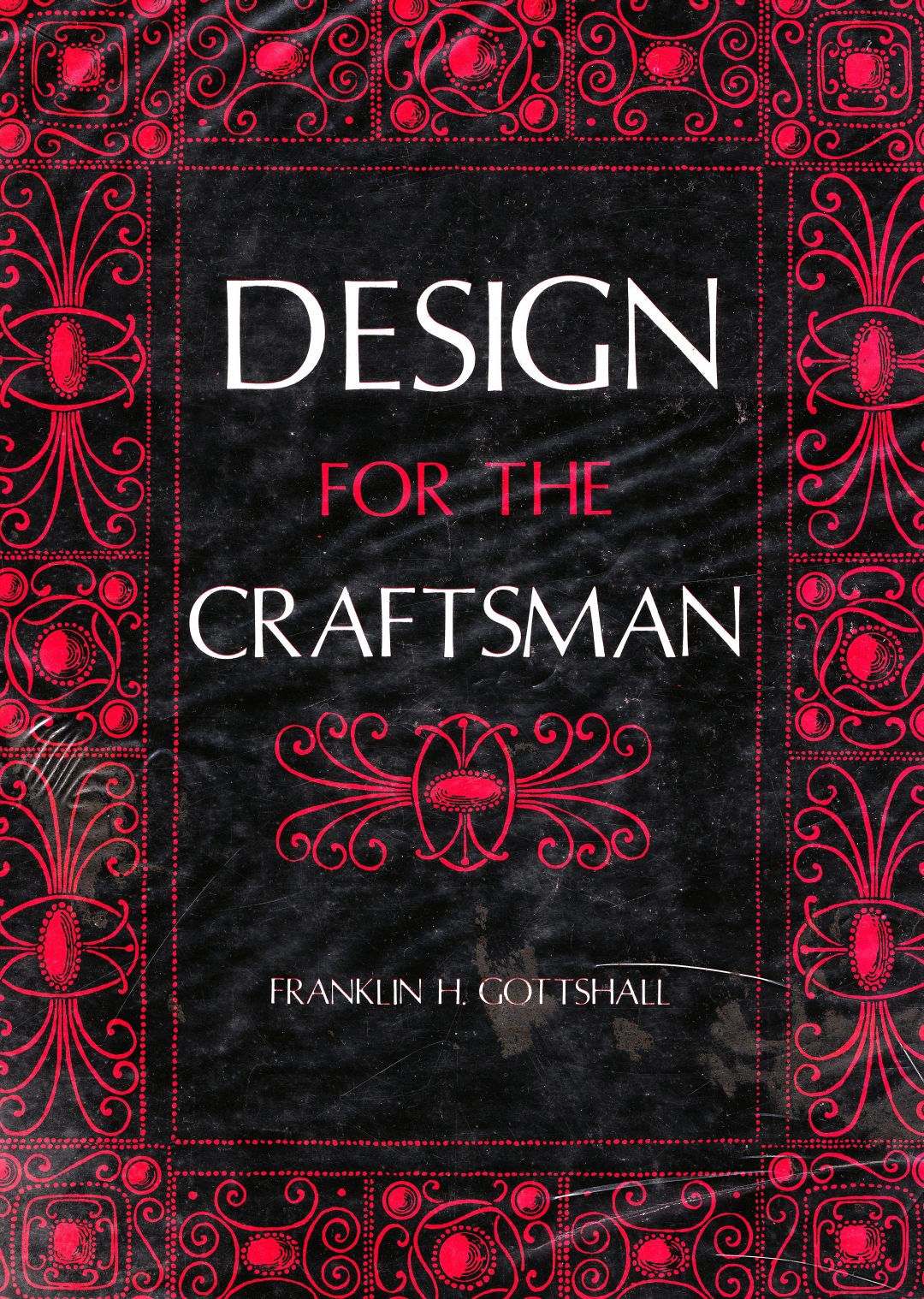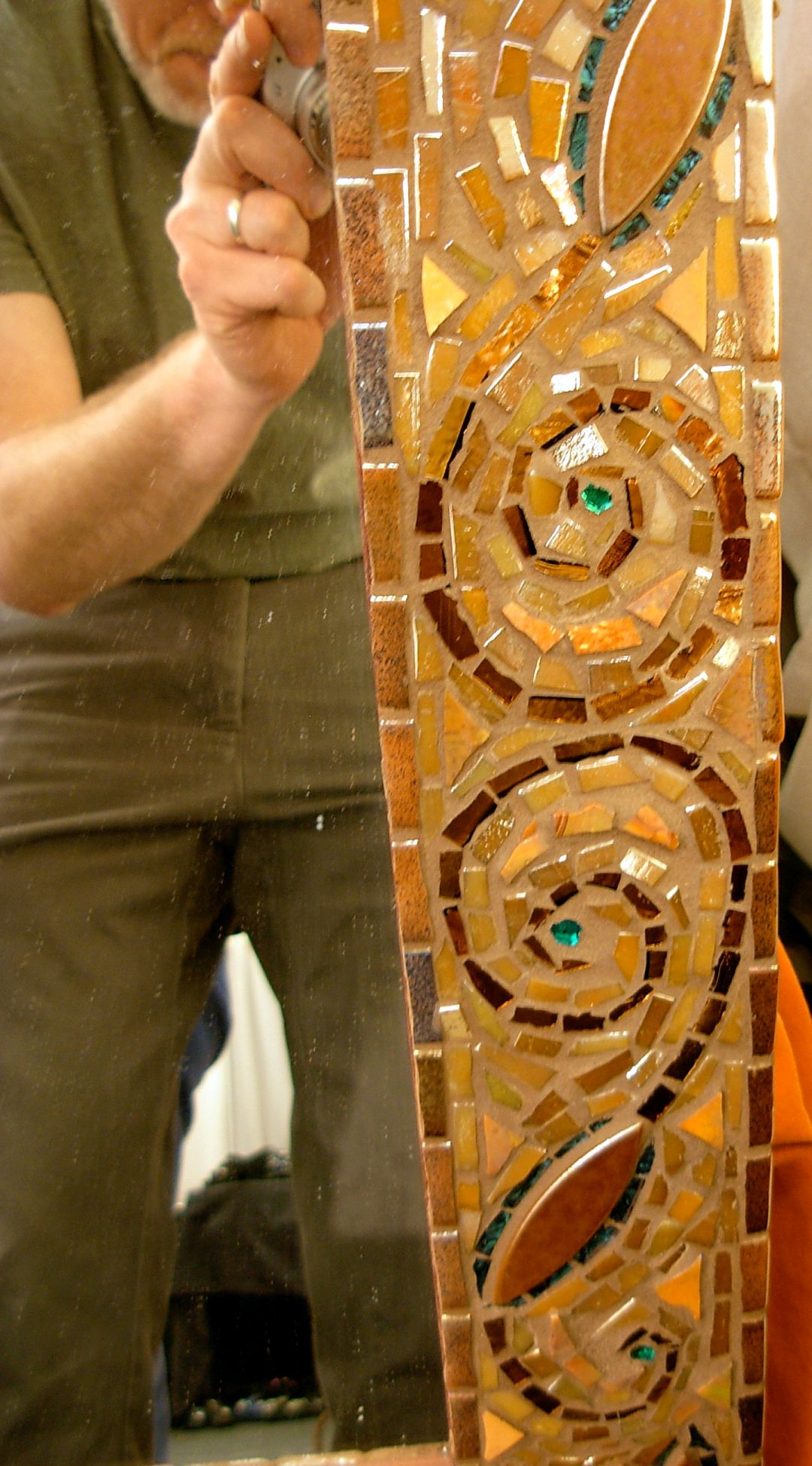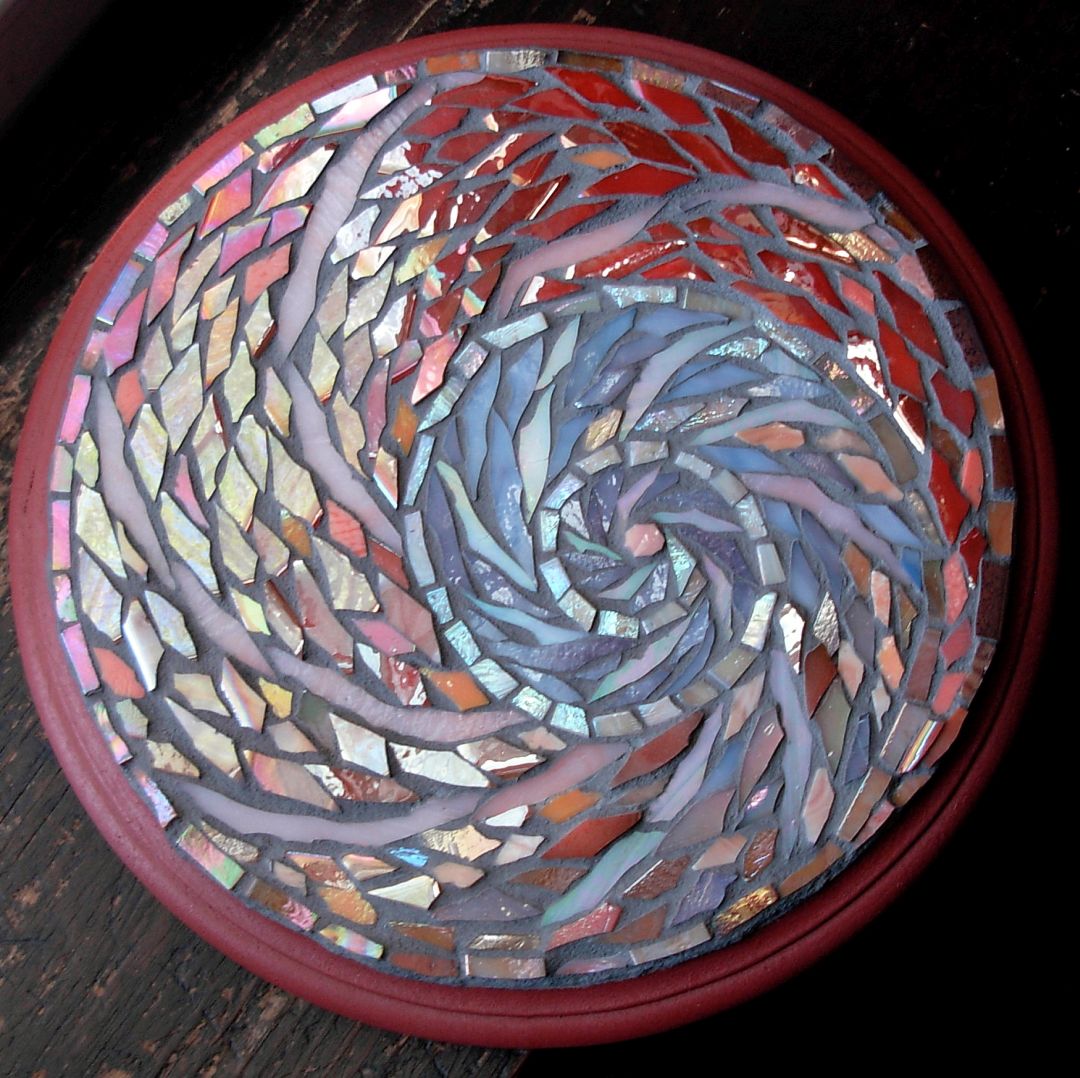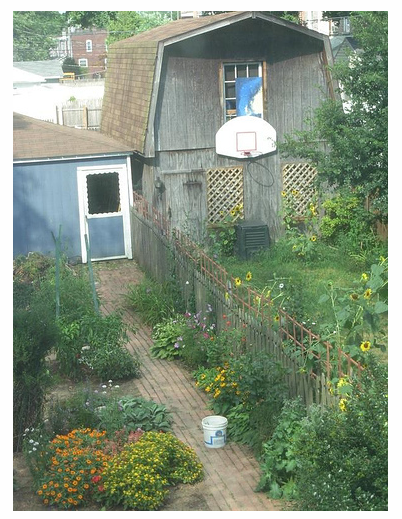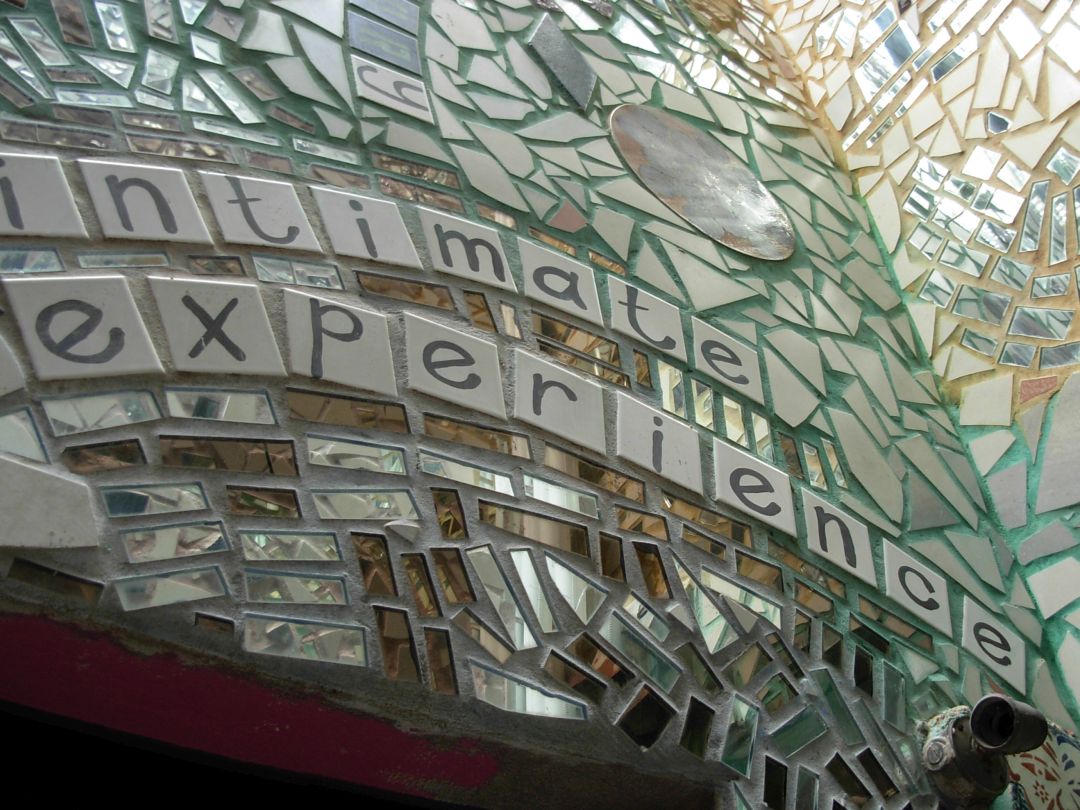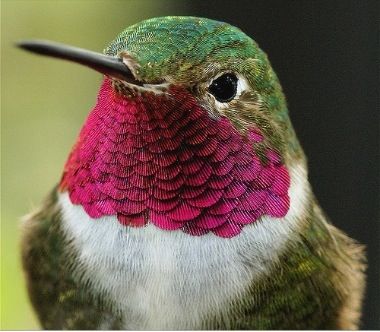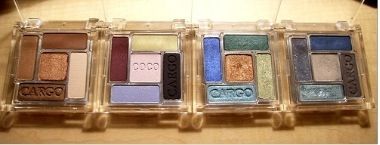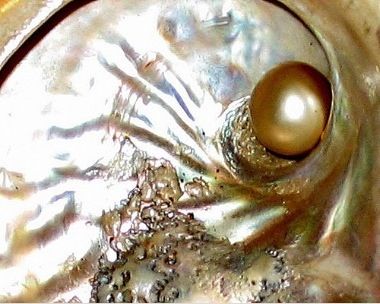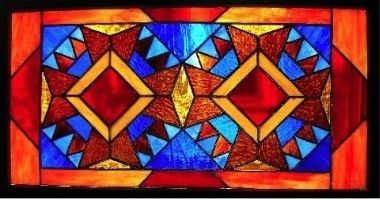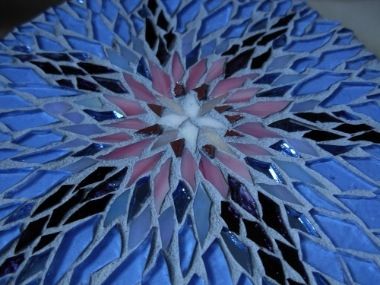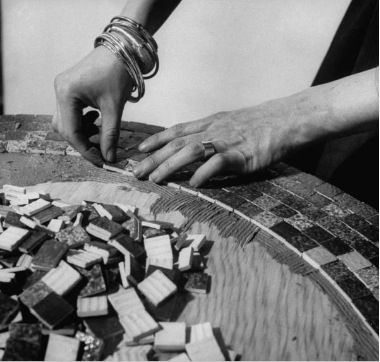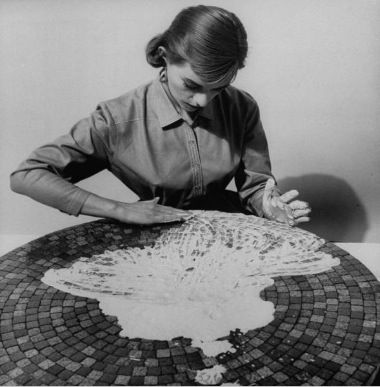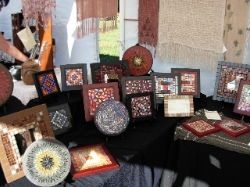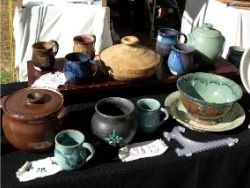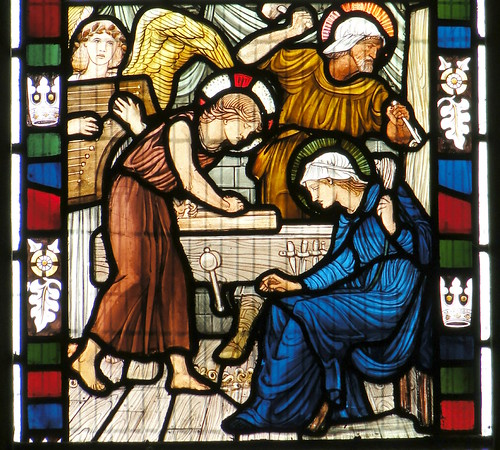
I started reading Ray Watkinson’s book on William Morris as designer, and discovered that of the many crafts he participated in with his firm, one was stained glass. Morris emphasized the mosaic- like patterning in glass, with bold lead lines, and wanted to take advantage of the transparency of glass to make colors brilliant.
This stained glass window at All Saints Church in Middleton Cheney, Northamptonshire UK, of Christ in the carpenter’s shop, suddenly made me think of Christ as craftsmen, maker of things with his hands. I’m really taken with this image, and the idea of creativity as part of spiritual life.
I found Morris’ desire to find pleasure in work to be very appealing. I like to think that those who were employed in his workshop enjoyed what their craft. Morris was a renaissance craftsmen, becoming a master of embroidery, weaving tapestry, designing wallpaper, and writing and designing books. Check out this cool sampling of Morris crafts at Art Passions.
I was curious if Morris had anything to say about mosaics, and found this quote from his book, Hopes and Fears for Art:
You may hang your walls with tapestry instead of whitewash or paper; or
you may cover them with mosaic; or have them frescoed by a great
painter: all this is not luxury, if it be done for beauty’s sake, and
not for show: it does not break our golden rule:Have nothing in your
houses which you do not know to be useful
or believe to be beautiful.
I’d read that ending quote before, but didn’t know the context. Actually, Morris had his golden rule in all caps! This is a challenging idea, that tapestry or mosaic is not a luxury, if done for beauty’s sake. I was at the Lansdale Arts Day, and talked with an artist friend about the thrill of someone buying a piece of art because it speaks to them. I believe beauty is a need, a nourishment for the soul.
